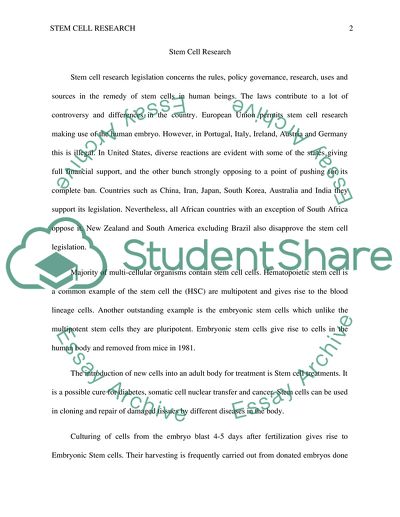Cite this document
(Stem Cell Research Legislation Paper Example | Topics and Well Written Essays - 1500 words - 5, n.d.)
Stem Cell Research Legislation Paper Example | Topics and Well Written Essays - 1500 words - 5. Retrieved from https://studentshare.org/law/1771444-stem-cell-research-legislation
Stem Cell Research Legislation Paper Example | Topics and Well Written Essays - 1500 words - 5. Retrieved from https://studentshare.org/law/1771444-stem-cell-research-legislation
(Stem Cell Research Legislation Paper Example | Topics and Well Written Essays - 1500 Words - 5)
Stem Cell Research Legislation Paper Example | Topics and Well Written Essays - 1500 Words - 5. https://studentshare.org/law/1771444-stem-cell-research-legislation.
Stem Cell Research Legislation Paper Example | Topics and Well Written Essays - 1500 Words - 5. https://studentshare.org/law/1771444-stem-cell-research-legislation.
“Stem Cell Research Legislation Paper Example | Topics and Well Written Essays - 1500 Words - 5”, n.d. https://studentshare.org/law/1771444-stem-cell-research-legislation.


